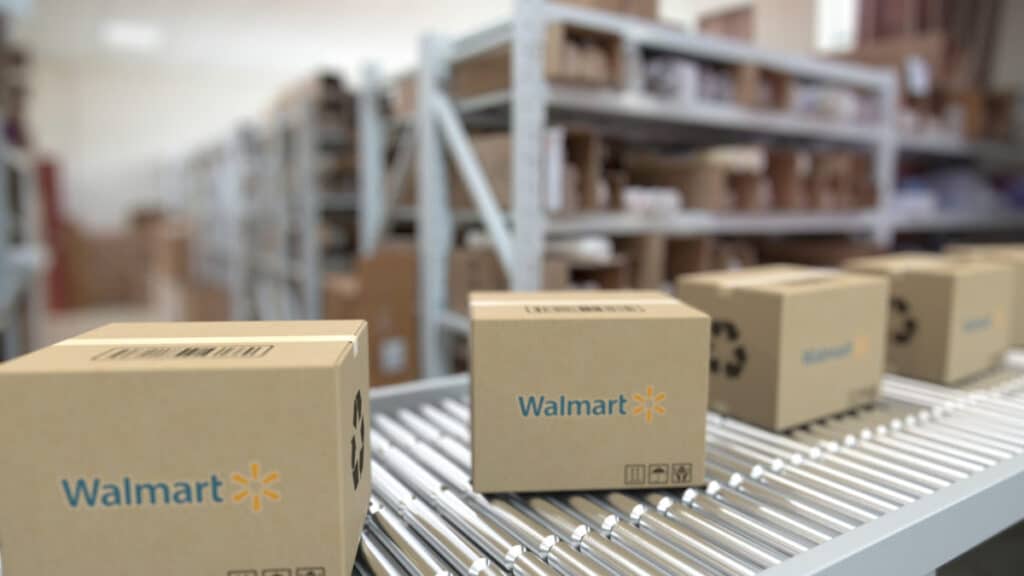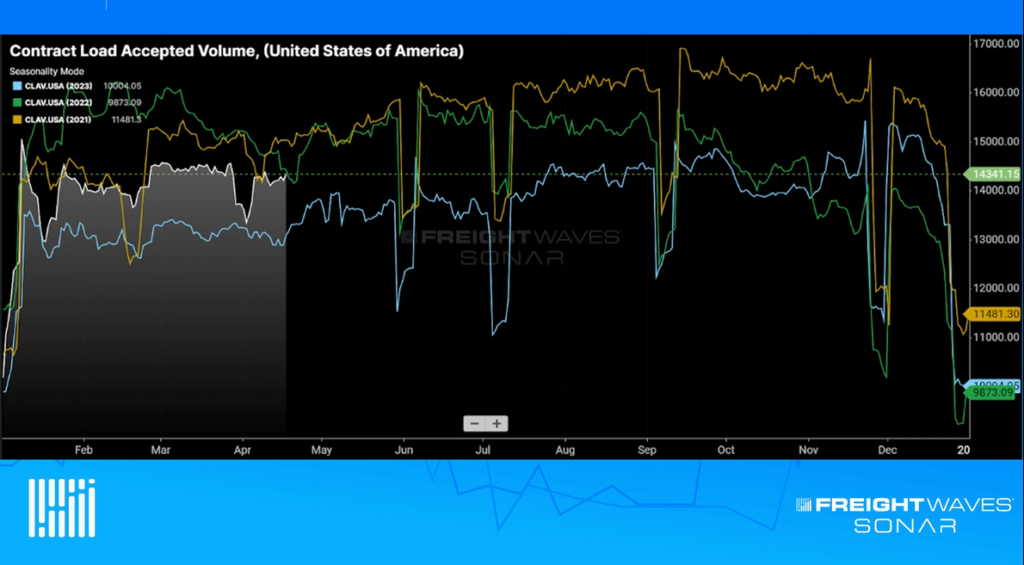Supply chain must be nimble to adapt to changing consumer, economic demands
Since the COVID-19 pandemic, which exposed an already fragile global supply chain, companies have invested billions of dollars in technology, including digitization and artificial intelligence, in an attempt to speed up the flow of data to tackle ongoing forecast demand challenges.
Businesses are prioritizing the speed of data propagation within their supply chains. This includes sourcing materials, working with vendors, managing warehouses and transportation, and coordinating with retailers to ensure they can meet the changing demands of consumers while remaining profitable.
However, based on first-quarter earnings calls, many companies, including manufacturers, retailers and transportation companies, missed the mark on their forecasts as they struggled to become more agile in adjusting their resources to align with evolving consumer and economic trends.
Economy and inflation challenges
Retailers that used to base their forecasts on previous years’ sales are now being more cautious, as the surge in e-commerce their companies experienced during the pandemic continues to decline.
“Between the pandemic and now with the ongoing challenges that we’re facing with the economy and inflation, I think many retailers are trying to find an ordering balance,” Jon Gold, vice president of supply chain and customs policy at the National Retail Federation, told FreightWaves.
According to Gold, NRF members have made significant investments in data analysis to improve their ability to predict consumer demand to prevent bloated inventory levels that many large retailers experienced around this time in 2022.
Big-box retailers like Best Buy, Walmart Inc. and Target Corp. seemingly ignored inventory data that the pandemic-driven buying spree that lasted from March 2020 until the end of 2021 was waning, leading to bloated inventories, according to an article written by FreightWaves’ Mark Solomon. Instead of consumers purchasing big-ticket items like electronics, consumers shifted their focus to buying less profitable items like groceries, he wrote.
Adam Josephson, a market expert for FreightWaves, said that retailers like Walmart and Target misread demand for high-ticket discretionary items such as furniture, apparel and appliances last year.
“They assumed that the COVID levels of demand would sustain themselves and they didn’t and Target and Walmart, along with companies like Home Depot and others, spent months and months trying to get those inventories down. In some cases, they’re still struggling to do so,” Josephson said. “These companies got caught with their pants down and now are trying to react accordingly.”
Shifting pandemic policies affect businesses, consumers
While numerous retailers expected employers to continue to allow employees to work remotely post-pandemic as some studies suggested, many companies chose to implement some type of hybrid model, which requires some in-person time in the office.
Gartner, a management consulting firm, estimates that fully remote and hybrid employees will account for 71% of U.S. workers in 2023. The company’s survey of Fortune 100 companies showed that 77% have implemented hybrid work schedules.
“Obviously, the return to work [policies] certainly had an impact on many businesses,” Gold said. “Retailers prepared for folks to work from home and stock up on things like athleisure wear, but consumers are now buying more business-casual attire as they head back into the office.”
Finding a balance to adapt to current economic conditions is challenging as many seasonal orders are placed six to nine months in advance, according to Gold.
“Forecasting was challenging prior to the pandemic but with the economic uncertainty it’s become even more challenging going forward,” Gold said.
“I don’t think you can look back on the past three years and make any real determinations just based on numbers. I think it’s important to get a better understanding of what’s happening going forward,” he said. “During the pandemic, when you saw the initial spike in e-commerce when everything was locked down, people were home, and now that’s tailed off back to where it was traditionally.”
Demand visibility
Reliance on historical data to develop forecasts is unpredictable based on consumers’ ordering patterns during the pandemic, as well as in 2019, when the global economy reported its lowest growth in a decade, dropping to 2.3%, according to the lengthy report released by the United Nations in January 2020.
Previously, companies would survey their customers about their demand forecasts based on the previous years’ sales or look at historical demand patterns to develop their forecasts. However, even with better data, some companies are finding it hard to interpret and quickly pivot to consumer demand.
However, companies are using data tools like FreightWaves SONAR, which provides ocean data that can be used to predict what domestic trucking volumes may look like over the next six weeks, to help forecast demand.
While the pandemic exposed the fragility of the global supply chain, adding data tools to traditional forecasting models is key.
“What folks came to realize throughout the pandemic is how forecasting and data are all linked together,” Gold said. “It’s all integrated — everybody in the supply chain relies on each other — from what the retailer is forecasting and expecting, which has an impact on the ocean side, the truck side, the warehouse side. And if you get a hiccup anywhere along the line, it impacts everybody else.”
Companies must be nimble when there are significant demand drops or increases throughout the supply chain, he said.
“What folks are trying to prepare for and understand is where that demand is and make sure they’ve got the right resources available with every step along the way,” Gold said. “And that was one of the challenges that we had during the pandemic — the resources didn’t match what that demand was. Because demand happens so quickly, that folks on the ocean shipping side couldn’t respond in time.”
Diversifying sourcing strategies
When the Chinese government shut down the entire Wuhan province in late January 2020 because of COVID, it sparked panic among manufacturers and retailers that relied solely on China to produce their goods and services. Some are turning to Vietnam and India to help prevent another backlog of freight hindering ocean carriers from delivering goods to the U.S. and other countries.
While companies have been exploring nearshoring options, which may take years to develop, Gold said the key to building a resilient supply chain is to have diversified sourcing strategies in place going forward.
“Businesses around the globe are looking for new sourcing opportunities — and diversification — not just relying on China as a sole source but having China plus another source,” he said. “This means you have to work closely with all of your supply chain partners, your ocean partners and your trucking partners from the outset so that if a disruption occurs, companies throughout the supply chain can react immediately and have a plan in place to be able to mitigate the impact of whatever issues arise.”











